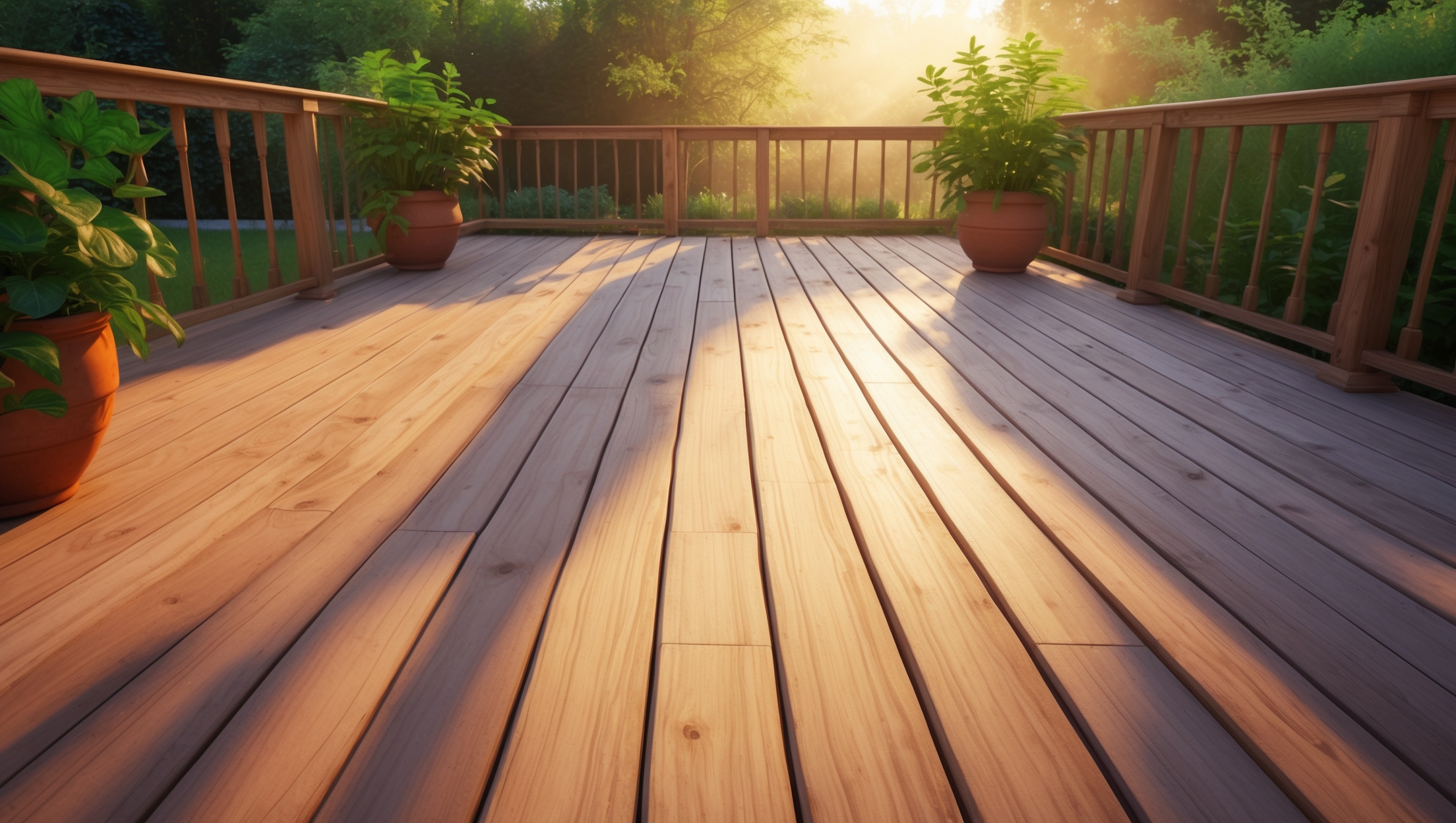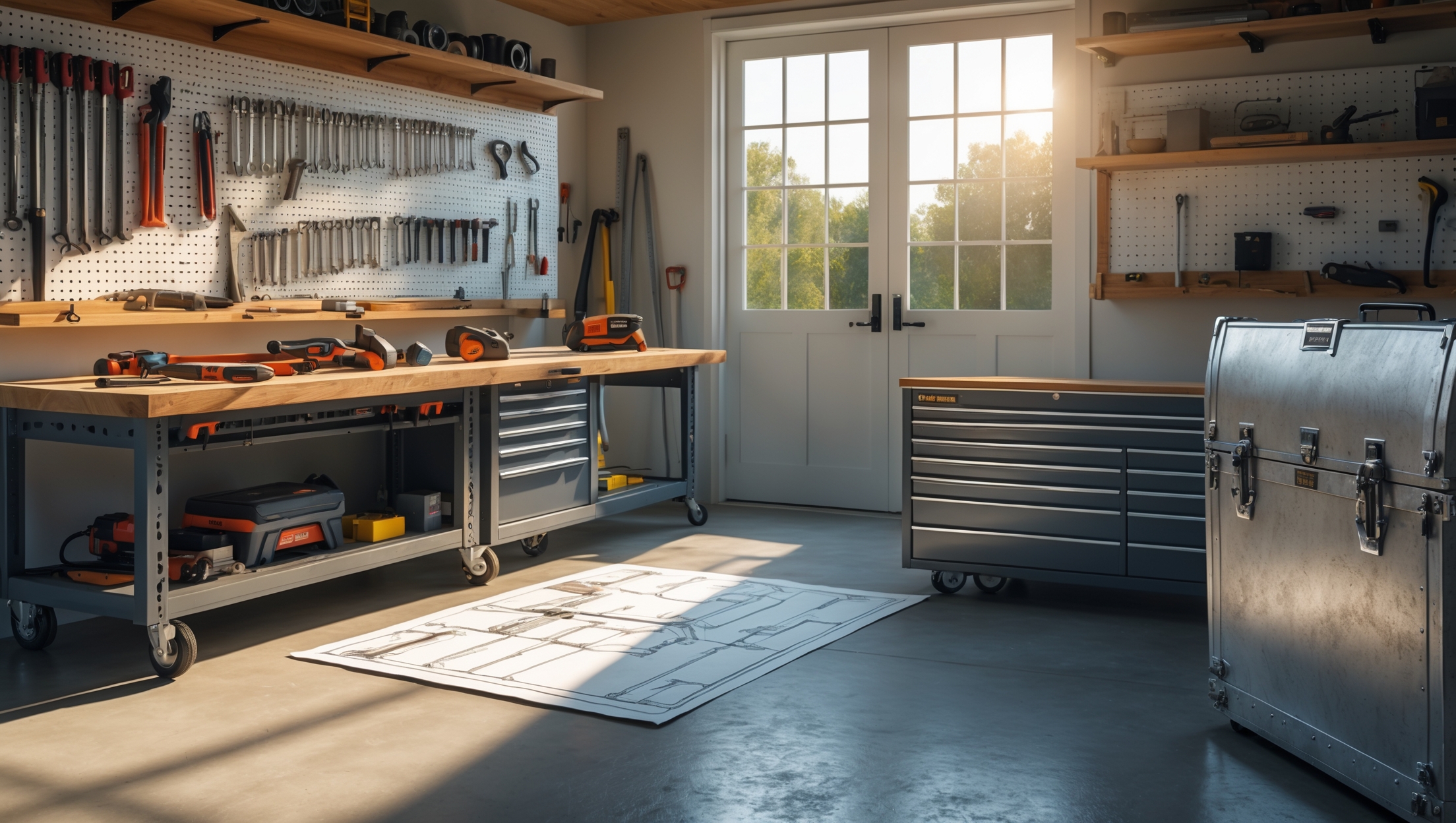Introduction
A backyard deck is more than just a platform for barbecues and summer gatherings—it’s an extension of your living space, a place for relaxation, and a significant investment in your home’s value. Yet, decks are exposed to harsh weather, foot traffic, spills, and shifts in temperature. Without consistent, seasonally-appropriate maintenance, even the sturdiest deck can suffer from premature wear, safety hazards, and unsightly damage. Whether your deck is wood, composite, or vinyl, a thoughtful year-round care routine is essential to keep it looking beautiful and performing safely for years to come.
Many homeowners underestimate the impact of seasonal changes on their deck’s longevity. From spring’s pollen and rain to winter’s freezing temperatures, each season poses unique challenges. Neglecting deck maintenance can lead to loose boards, slippery surfaces, splintering wood, and costly repairs. Fortunately, most maintenance tasks are straightforward and can be handled by a diligent DIYer with basic tools and supplies. This comprehensive guide offers a season-by-season breakdown of what your deck needs, how to perform critical tasks, and how to spot early signs of trouble before they escalate. Ready to safeguard your investment and enjoy your deck to the fullest? Let’s dive into a practical, expert-backed maintenance plan tailored for every time of year.
Understanding Your Deck: Materials, Age, and Exposure
Assessing Your Deck’s Material
The first step toward a successful maintenance routine is understanding your deck’s construction. Common deck materials include:
- Pressure-Treated Wood: Affordable, widely used, but susceptible to moisture, rot, and splintering if not sealed regularly.
- Cedar or Redwood: Naturally resistant to insects and rot, but benefit from periodic sealing and gentle cleaning.
- Composite: Made from recycled wood fibers and plastic, composites resist rot and require less maintenance, but can suffer from mold and staining.
- Vinyl (PVC): Virtually maintenance-free, but can crack in extreme cold and may collect grime.
Deck Age and Environmental Exposure
Older decks may need more frequent inspections for structural soundness. Consider your local climate—hot, humid, or snowy regions all influence care schedules. Take note of sun exposure, nearby trees, and water runoff patterns, as these factors affect how your deck ages.
Spring: Inspection, Deep Cleaning, and Early Repairs
Thorough Inspection Checklist
- Check for Loose or Rusted Fasteners: Walk the entire deck, feeling for movement or squeaks. Tighten or replace screws and nails where needed.
- Inspect for Rot and Soft Spots: Probe wood with a screwdriver—soft, spongy areas signal rot. Pay special attention to ledger boards, stairs, and support posts.
- Assess Railings and Stairs: Wiggle railings and shake stair rails to ensure they are secure.
- Look for Cracks, Splinters, and Raised Boards: Mark trouble spots for later sanding or repair.
- Check Underneath: Examine joists, beams, and footers for signs of insect damage, mold, or water pooling.
Deep Cleaning Techniques
- Sweep Thoroughly: Remove leaves, pine needles, and debris to prevent mold growth.
- Apply Deck Cleaner: Use a cleaner suited for your deck material. For wood, choose an oxygenated bleach cleaner; for composite, use a manufacturer-approved cleanser.
- Scrub or Power Wash: Scrub with a stiff-bristle brush for small decks. If using a power washer, keep pressure below 1200 psi and hold the nozzle at least 12 inches from the surface to avoid damage.
- Rinse Completely: Rinse away all cleaner residue to prevent slippery build-up.
Early Repairs and Preparation
- Replace Damaged Boards: Pry up rotten or cracked planks and install new, pressure-treated boards.
- Sand Splintered Areas: Use a pole sander or orbital sander to smooth rough spots, especially on railings and stairs.
- Check for Drainage Issues: Ensure downspouts direct water away from the deck’s foundation.
Summer: Protection, Refinishing, and Preventative Upkeep
Sealing and Staining
Summer’s warmth and dryness make it the ideal time to apply protective finishes. Sealing or staining helps wood decks resist moisture, sun damage, and mildew.
- Choose the Right Product: Use a high-quality, UV-resistant sealer or stain. Semi-transparent stains offer color while showcasing wood grain; solid stains provide maximum protection but hide natural beauty.
- Test Absorption: Sprinkle water on the deck. If it beads up, wait; if it soaks in, it’s time to reseal.
- Apply Evenly: Use a brush, roller, or sprayer. Work in the direction of the boards, maintaining a wet edge to avoid lap marks.
- Allow Proper Drying: Check the weather—avoid rain for at least 48 hours after application.
Composite and Vinyl Deck Care
- Remove Mold and Mildew: Use a soft brush and non-abrasive cleaner. Spot treat stubborn stains with a gentle, manufacturer-approved solution.
- Address Fading or Staining: Wipe up spills immediately. For persistent stains, use a specialized deck brightener.
Preventative Upkeep
- Move Planters and Furniture: Shift heavy items regularly to prevent moisture trapping and discoloration.
- Install Protective Pads: Place pads under furniture legs to prevent gouges or scratches.
- Trim Nearby Vegetation: Cut back shrubs and branches to promote airflow and reduce mold risk.
Fall: Prepping for Cold Weather
Clear and Clean Debris
- Remove Leaves and Organic Matter: Organic debris holds moisture and can stain or rot wood. Sweep regularly during autumn leaf fall.
- Clean Gaps Between Boards: Use a putty knife or specialized deck tool to clear debris from gaps, which prevents water pooling and freeze damage.
Inspect and Repair Before Winter
- Seal Cracks and Gaps: Fill cracks in boards or around fasteners with exterior-grade wood filler or caulk to prevent water intrusion.
- Tighten Hardware: Ensure that all screws, fasteners, and connectors are secure before winter’s freeze-thaw cycles can loosen them further.
- Touch Up Finishes: Spot-seal or stain worn areas to prevent moisture ingress during wet winter months.
Winterization Tips
- Store Furniture: Move outdoor furniture, planters, and grills off the deck if possible to avoid rust stains and trapped moisture.
- Protect with Tarps (Optional): For wood decks, breathable deck covers can protect surfaces, but avoid plastic tarps that trap moisture and promote rot.
Winter: Monitoring, Snow Management, and Avoiding Damage
Snow and Ice Removal
- Shovel with Care: Use a plastic snow shovel (not metal) to avoid scratching surfaces. Shovel parallel to deck boards.
- Avoid Salt and Harsh Chemicals: Rock salt and chemical deicers can damage wood and corrode fasteners. Use calcium magnesium acetate or sand for traction if needed.
- Prevent Ice Build-Up: Gently scrape, do not chip at, stubborn ice patches. Excessive force can gouge wood or composite boards.
Periodic Checks
- Monitor for Standing Water: After thaws, check for puddles that may indicate drainage problems.
- Inspect for Snow Load: In regions with heavy snowfall, periodically remove built-up snow to prevent excess weight on the deck structure.
Addressing Winter Damage
- Look for Shifting or Heaving: Freeze-thaw cycles can cause deck footings to move. Check for wobbly posts and address promptly in spring.
- Document Issues: Make note of any damage or concerns to address in early spring maintenance.
Deck Maintenance Tools and Supplies Checklist
- Broom and dustpan
- Deck cleaner (material-appropriate)
- Stiff-bristle brush or mop
- Pressure washer (optional, for wood and composite)
- Plastic putty knife
- Exterior-grade wood filler or caulk
- Sandpaper or pole/orbital sander
- Paintbrushes, rollers, or sprayer (for stain/sealer)
- Protective gloves and eye protection
- Plastic snow shovel
- Furniture pads
Signs Your Deck Needs Professional Attention
- Extensive rot, especially in structural components like joists or posts
- Loose or sagging ledger board (where the deck attaches to the house)
- Pervasive mold or mildew that returns after cleaning
- Cracking, shifting, or uneven footings
- Rust or corrosion on hardware that compromises stability
If you encounter any of these issues, consult a licensed contractor or deck specialist. Early intervention can prevent costly structural failures.
Maintenance for Special Deck Features
Lighting
- Check and clean deck lighting fixtures each spring and fall.
- Replace burned-out bulbs and inspect wiring for weather damage.
Built-In Planters and Benches
- Ensure planters have proper drainage and do not trap moisture against wood.
- Inspect built-in benches for loose fasteners or splintering surfaces.
Outdoor Kitchens and Grills
- Clean grease spills promptly to avoid staining and fire risk.
- Check that grill mats or pads are in good condition to protect decking.
Deck Maintenance Myths and Common Mistakes
- Myth: Composite and vinyl decks are maintenance-free. Reality: They require cleaning and periodic inspections to avoid mold and staining.
- Myth: Pressure washing is safe at any strength. Reality: Excessive pressure can gouge wood and void warranties.
- Myth: Any sealant will do. Reality: Use only products designed for your specific deck material.
- Common Mistake: Neglecting fastener and hardware checks, leading to loose boards and safety risks.
- Common Mistake: Failing to move planters and furniture, causing discoloration and rot underneath.
Conclusion
Deck maintenance isn’t a once-and-done task but an ongoing commitment to safety, beauty, and durability. With a clear, season-by-season plan, you can prevent the most common sources of deck deterioration—rot, mold, mildew, loose fasteners, and surface wear—before they compromise your investment or your family’s safety. Regular inspections, thorough cleanings, timely repairs, and protective treatments pay off in fewer costly surprises and more years of worry-free enjoyment.
Whether you’re working with classic pressure-treated wood, elegant cedar, or modern composite boards, the essential principles remain the same: stay vigilant, use the right materials and techniques, and adapt your routine to your local climate. Don’t be lulled into complacency by myths of “maintenance-free” decks—even advanced materials need care to look and perform their best. Finally, know when to call in the pros: structural damage, extensive rot, or instability demand expert intervention.
By dedicating a little time each season to your deck’s care, you’ll create a safer, more attractive outdoor space and extend the life of your deck for years to come. Start now, and make deck maintenance a rewarding part of your home improvement journey.




